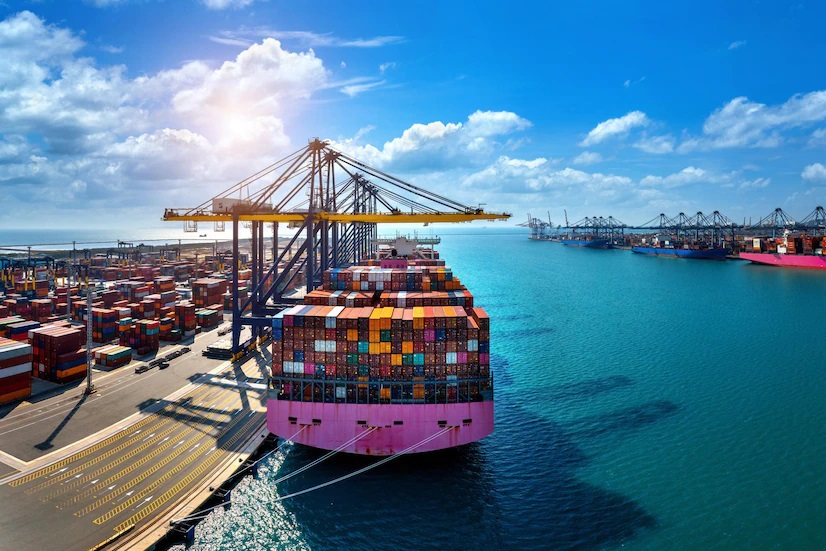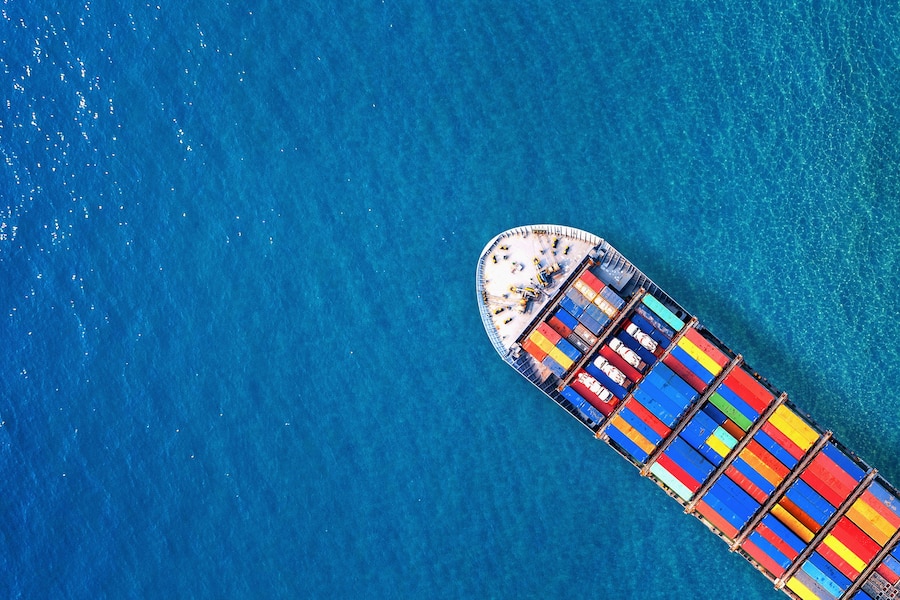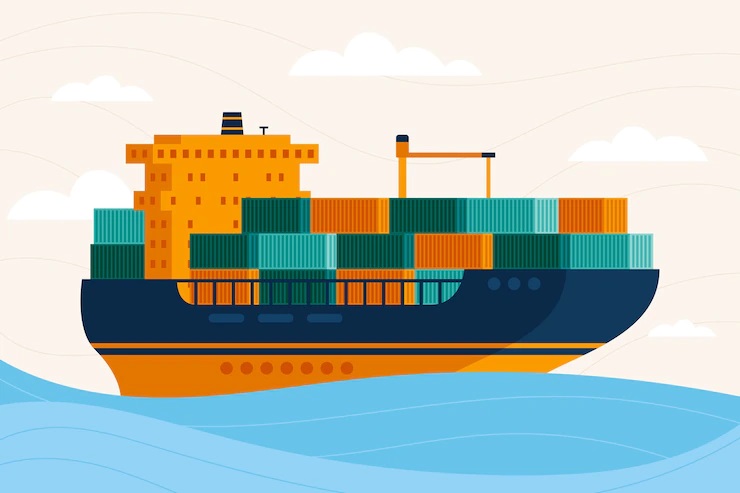
Onboard Training
OBT pertains to the seagoing service
requirement for BSMT students to qualify for graduation and to be accepted
by the Maritime Administration to take the assessment of competence
required for certification as Officer In Charge of a Navigational Watch on
seagoing ships of 500 gross tonnage (GT) or more under Regulation II/1 of
the Standards of Training, Certification, and Watchkeeping (STCW)
Convention, 1978, as amended.

COLREGS – Collision Regulations
The course Collision Regulations provides an important introduction in maintaining a safe navigational watch through a comprehensive discussion of the Convention on the International Regulations for Preventing Collisions at Sea, 1972, (Colregs ’72) as amended. It delves into each rule of the Colregs with activities designed to synthesise learning towards the end of the course. Students are to be engaged into participative discussion and in simulated exercises to apply learning. By the end of the course, the student should be able to have a thorough knowledge of the content, application and intent of the International Regulations for Preventing Collisions at Sea, 1972, as amended.

MET-O: Meteorology and Oceanography
The course Meteorology and Oceanography enables a prospective marine deck officer to plan and conduct a safe passage that considers the forecasted and observed weather conditions. It delves into the weather elements and systems from mesoscale to synoptic scale. It includes topics that are essential to the achievement of safe navigation at sea such as the atmosphere, atmospheric pressure, wind, visibility, ocean’s wind and pressure systems, structures of depressions, anti-cyclones, weather services for shipping, and recording/reporting weather observations, and the application of meteorological information.

SEAM 2 – Ship Construction
Ship Construction deals with the principal structural members of a ship and the various parts. This is a fundamental course in order for a prospective marine deck officer to maintain the seaworthiness of the ship. Students are to be involved in interactive discussions as well as activities in practical identification of the parts. Students are also going to learn how to read the load lines and marks. At the end of the course, students are to be assessed using written and practical assessment in order to ensure the attainment of the expected outcomes.

SEAM 1 – Basic Seamanship
Basic Seamanship is a fundamental course which enables a prospective marine deck officer to effectively control the operation of the ship and care the persons on board. It deals with the flag signalling, safe operation of deck machineries, marlinspike and the safe performance of deck maintenance. Students are to be engaged in interactive discussion and practical demonstrations and activities.

NAV 2 – Terrestrial and Coastal Navigation 2
Terrestrial and Coastal Navigation 2 enables a prospective marine deck officer to plan and conduct a passage and determine the
ship’s position. The course includes topics on sailings, position lines and positions. Students are expected to undergo chartwork
exercises including the creation of a passage plan for a short voyage in application of the learned concepts.

NAV 1 – Terrestrial and Coastal Navigation 1
Terrestrial and Coastal Navigation 1 is an introductory course in navigation. The course introduces the practical application of Geodesy in navigation and includes topics on nautical charts and publications and tides. Students of this course is also expected to do undergo practical activities and demonstrations as well as problem-based learning. By the end of the course, the students are assessed using written assessment and practical demonstrations to ensure the attainment of the required outcomes.

Maritime Information Communication and Technology with Cyber Security
This course introduces the fundamentals of maritime ICT technologies and systems. It includes topics on the introduction to computer systems, computer hardware and storage devices, basic computer hardware and software servicing with troubleshooting, Software Productivity Tools, Data Communication and Computer Networks, Cyber Security and Emerging Technologies – Fourth Industrial Revolution.